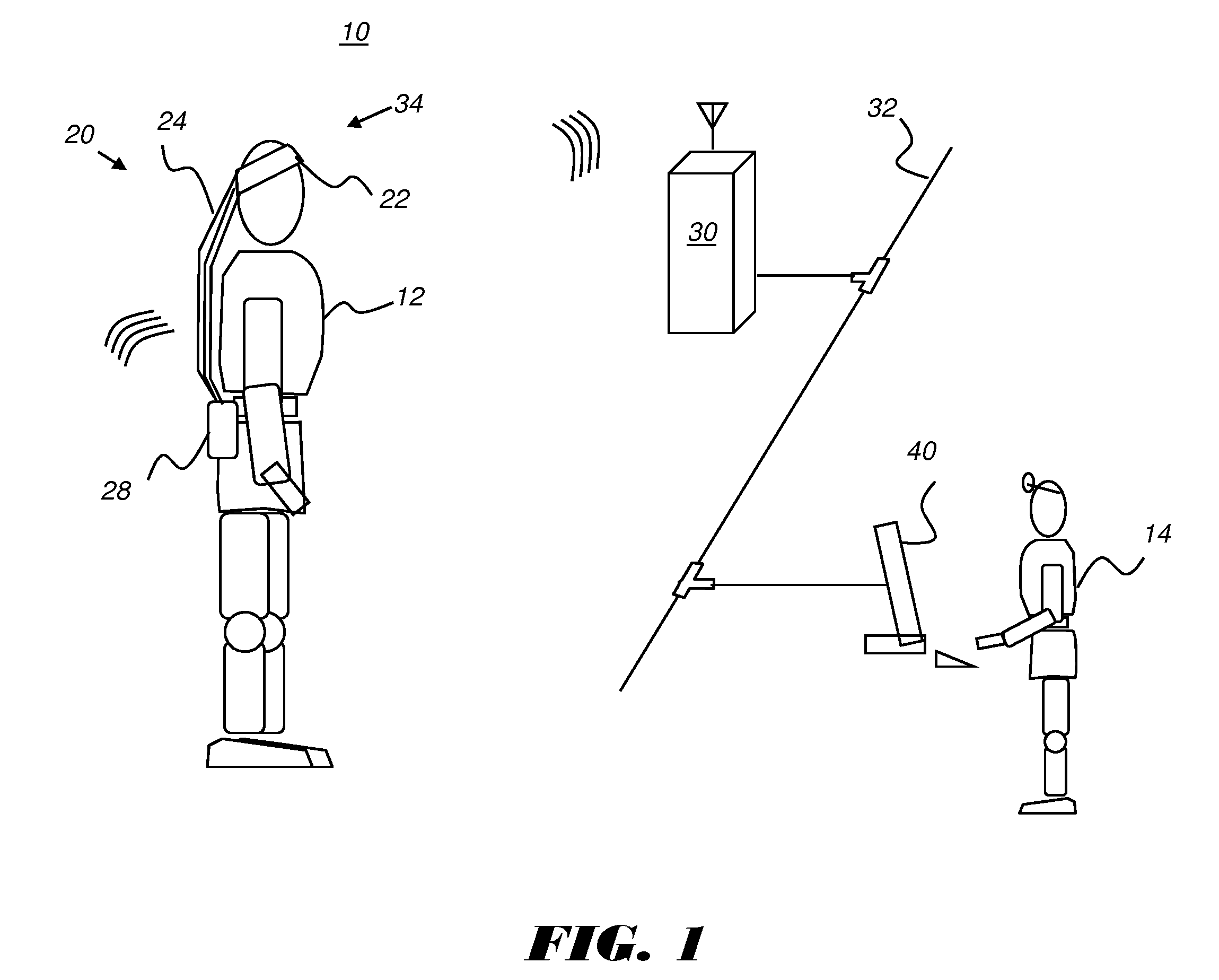BME100 f2017:Group16 W1030 L1
| Home People Lab Write-Up 1 | Lab Write-Up 2 | Lab Write-Up 3 Lab Write-Up 4 | Lab Write-Up 5 | Lab Write-Up 6 Course Logistics For Instructors Photos Wiki Editing Help | |||||||
OUR TEAM
LAB 1 WRITE-UPHealth Care IssueStrokes are caused by insufficient blood supply to the brain. Decreased blood supply to the brain causes the brain to lack the nutrients it needs to survive, allowing brain cells to die (Stroke). The main cause of this is a blocked artery from increased blood pressure within the body (Stroke). The goal of our medical device is to detect oncoming strokes through the use of a pressure monitor device. The device will be placed near both of the carotid arteries and will measure any changes in the pressure of blood coming in and out of the neck that might suggest a potential blood clot which leads to a stroke. This device will be able to alert the device holder in time to contact emergency medical personnel as well as a family member in the event that the device holder is unable to contact others for help. For example, increased pressure in the blood flow coming into the neck will alert the device holder of a possible blood clot in the body. If this device is able to detect increased pressure in the body for a stroke patient specifically, the chances of essentially saving their life is greater.
Customer Validation-Dignity Health Stroke Center -Barrow Neurological Institute -Johns Hopkins Stroke Center; Dr. Victor Urrutia -Comprehensive stroke center through University Hospitals in UH, Cleveland where Dr. Cathy Sila MD is the director of this center, vascular neurology, vice chairman of the department of neurology and professor of neurology.
-Dr. Robert Ackerman MD, who specializes in neurology at the Massachusetts General Hospital -National Stroke Association -The University of Kansas Health System; Abraham Michael G MD whose clinical purpose is Acute Ischemic Stroke -Dr. Gronseth, Gary MD whose clinical purpose is general neurology at the University of Kansas Health System
-Letchtenberg, Colleen G MD whose clinical focus is stroke
-The institute for Rehabilitation and research Memorial Hermann, Houston, Texas -Kessler Institute for rehabilitation, Chief director Bruce M. Gans, M.D -American Stroke Association -Stroke Shield Foundation, Dr. Jeffery Thomas -North Carolina Stroke Association -Mayo Clinic, Stroke department -Providence Stroke Center, Providence Oregon -Dr. Cigdem Akman (Neurology), New York-Presbyterian Hospital
CompetitorsAdvantages 2. Finger Stick (draws blood and reads purine levels, which are produced during strokes) --> The advantage to implementing this device is that it provides quick readings using a very small amount of blood. The testing procedure is also minimally invasive, only requiring a finger-prick. 3.EKG-like band---> (placed on the forehead, uses an EKG-like test to detect brain abnormalities)--->The advantage with this device is mobility. Often times, in order to diagnose a stroke patients must visit doctors to rely on a hospital's not readily movable CAT scans. Studies show that this band has the potential to detect strokes more quickly than other solutions known today. Disadvantages 2. Finger stick (draws blood and reads purine levels, which are produced during strokes) --> Generally, a person has suspicions of an oncoming stroke when they are already displaying multiple symptoms. With this being the case, by the time person feels the need to confirm an approaching stroke the symptoms may be too severe to allow the person to perform this test on themselves. 3.EKG-like band(placed on the forehead, uses an EKG-like test to detect brain abnormalities)-->Although portable, the design of this device makes it awkward and cumbersome(because of the wires) to wear on a day-to-day basis.
2.) Dale, Nick. “Producing a Rapid Diagnostic Blood Test for Stroke to Improve Treatment and Recovery.” Producing a Rapid Diagnostic Blood Test for Stroke to Improve Treatment and Recovery, National Institute for Health Research, www.nihr.ac.uk/news-and-events/features/behind-the-research/producing-a-rapid-diagnostic-blood-test-for-stroke-to-improve-treatment-and-recovery.htm. 3.) Mamula, Kris B. “New Stroke Detection Device Promises Faster Diagnosis.” Pittsburgh Post-Gazette , Pittsburgh Post-Gazette, 31 May 2016, www.post-gazette.com/business/healthcare-business/2016/06/01/New-stroke-detection-device-promises-faster-diagnosis/stories/201606010026. Marketability of Device
IP Position Current patents: 1.Early stroke detection device : {This device uses a fiber optics and a catheter and infrared light. The reflected infrared light is used to help detect an oncoming stroke.} a).assignee(s)/inventor(s): George P. Teitelbaum b.)publication #/type: WO2017123989 A1, application c.)application#:PCT/US2017/013497 d.)filing date: 13 Jan 2017
a.)assignee(s)/inventor(s): Komatsu Ltd. / , Daigoh Fujii, Shuuji Hori, Masato Kageyama b .)publication #/type:US20170152965 A1 , application c. )application#:US 15/322,214 d.) filing date: 30 Jun 2014
a).assignees/inventors: James Sherman Castle, Jonathan Axelrod b.)publication #: US20110245707 A1 c.)application#: US 13/074,061
4. Non-invasive magnetic blood flow sensor: {This device uses a bipolar magnetic field to detect blood flow. An electrode that is connected to the skin relays signals that are synchronized with the magnetic field.} a). assignees/inventors: John Sheldon Ogle b.) publication #: US5935077 A c.) application #: US 08/911,421 Resource: https://www.google.com/patents/ Fundability Worksheet ScoresCompetitors
| |||||||

